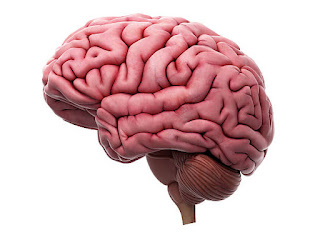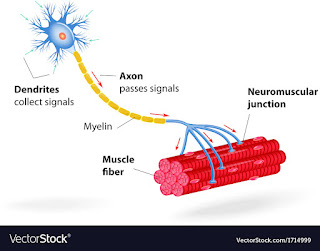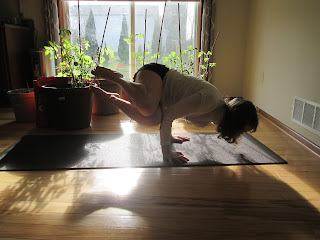Do Yoga and Meditation change the brain?
Yoga involves breathing exercises
(pranayama), physical poses (asanas) and meditation. Emerging research suggests
positive associations between regular yoga practice and changes in different
areas of the brain. These differences have been shown in the structure of the
brain, but some studies were also able to find a functional correlation.
A research report by Gothe and colleagues
published in December 2019 by the Journal Brain Plasticity explored the studies
(1). MRI (Magnetic Resonance Imaging) was used to investigate the possible effects of a
regular practice on the structure of the brain comparing yoga practitioners
with people who don't practice yoga. For example, a cross-sectional study done
in women over the age of 60 by Alfonso and colleagues found differences in
cortical thickness in women with eight or more years of Hatha Yoga experience compared
to women who did not practice yoga (2).
It is important to make clear that
participants from both groups were matched for the amount of non-yoga physical
activity they engaged in. The cortical thickness difference was found on the
left pre-frontal cortex.
Another study by Gothe and colleagues found
structural and functional differences when they compared the brain of yoga
practitioners to non-yoga practitioners (3). The area of the brain where the
differences were documented in this study was the hippocampus, a subcortical
area that plays a role in memory, emotions and learning. The volume of the left
hippocampus was greater in yoga practitioners with at least 3 years of yoga
experience compared to non-practitioners. The groups were aged and sex-matched
with similar physical activities and fitness levels.
A study by Froeliger and colleagues found
differences in the left hippocampus and also in the parahippocampal gyrus when
they compared yoga practitioners with non-yoga practitioners. In this study they
also documented differences in the volume of gray matter in the frontal,
temporal, limbic, occipital (right lingual gyrus) and cerebellar regions. They
were also able to detect cognitive benefits in the group that practiced yoga
and meditation (4).
The cerebellum plays a vital role in
coordination and balance, but in later years it has also been linked to
cognitive function (5). Yoga plays an important part in the practice of
balancing poses that help strengthen nerve pathways involved in maintaining balance.
Research suggests that more years of yoga
practice are positively related to the volume of frontal, limbic, temporal,
occipital and cerebellar regions. There is a dose-dependent relationship
between gray matter volume, years of yoga practice and weekly yoga practice.
The areas of the brain where differences were
noticed (4) are involved in memory, attention, cognition, emotional responses
and empathic processes. More research is needed to understand these differences
and the neuroprotective potential of this discipline. However, randomized controlled
studies are necessary to show evidence of cause and effect.
A randomized controlled study published by
International Psychogeriatrics in April 2017 found that both memory enhancement
training and Kundalini yoga done for 12 weeks had positive effects on memory
(6). The two groups were randomized to receive either memory enhancement
training or to practice regular Kundalini yoga under the guidance of qualified
instructors. The participants in both groups had mild cognitive impairment and
were 55 years of age or older. Both groups showed improvement of their memory
but only the yoga group had benefits on executive function and mood. This
study, however, was small.
Yoga is a kind of holistic mindful practice involving breathing exercises and meditation that should be
individualized to be done safely under the proper qualified guidance. This
promising field of research is evolving (7).
References:
1)
https://www.ncbi.nlm.nih.gov/pmc/articles/PMC6971819/
2) https://www.ncbi.nlm.nih.gov/pmc/articles/PMC5476728/
3) https://pubmed.ncbi.nlm.nih.gov/29988397/
4) https://www.ncbi.nlm.nih.gov/pmc/articles/PMC3525089/
5) https://www.sciencedirect.com/science/article/pii/S0896627313009963
6) https://www.ncbi.nlm.nih.gov/pmc/articles/PMC5540331/
7)
https://www.frontiersin.org/articles/10.3389/fnhum.2018.00067/full




Comments
Post a Comment
Thank you for commenting.